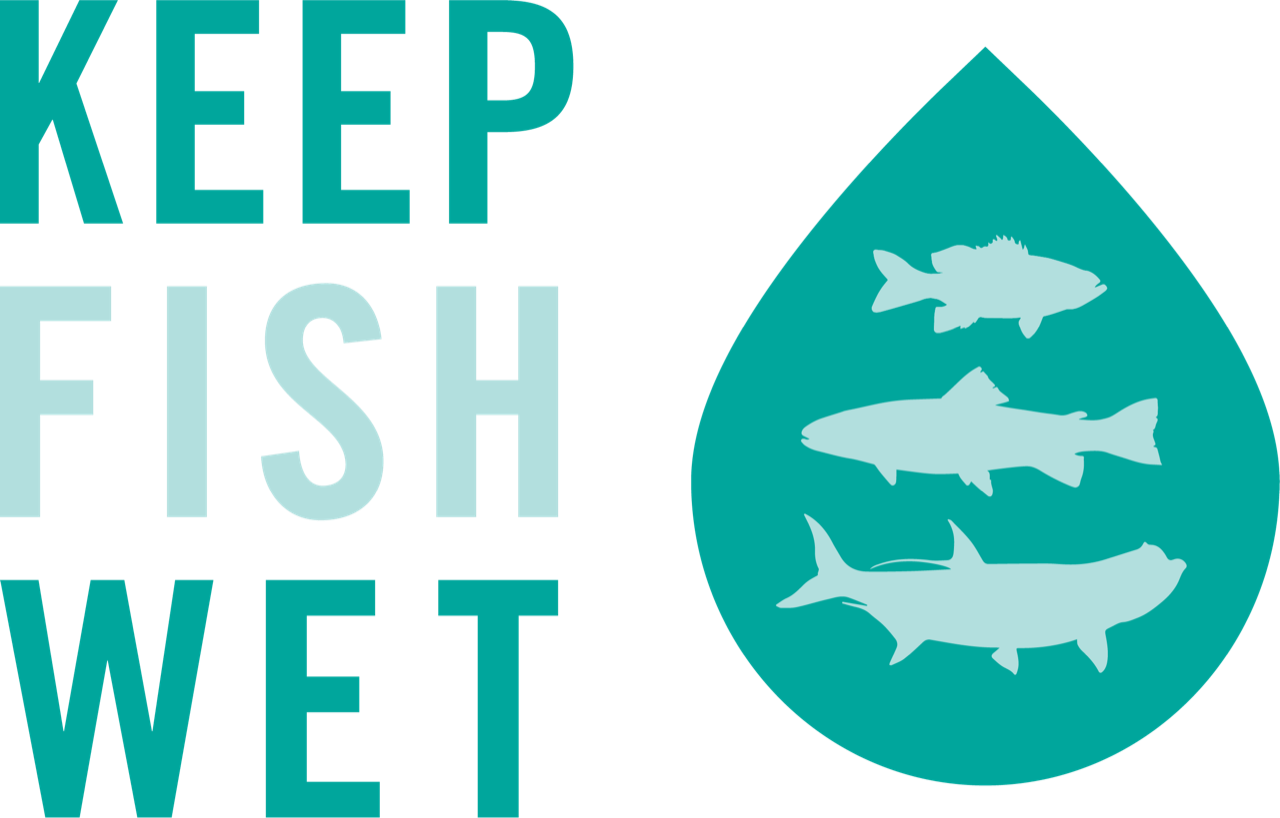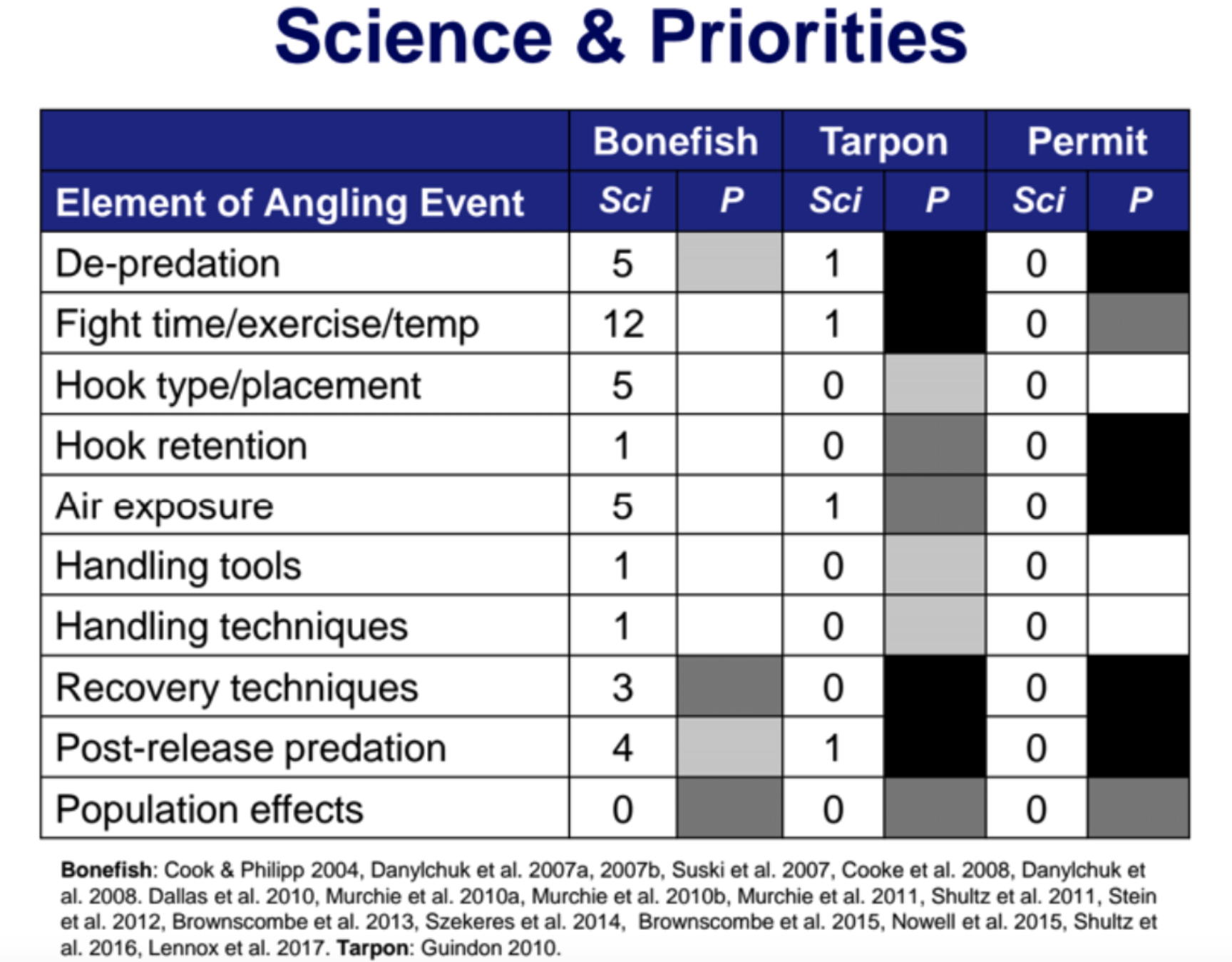What happens to bonefish when there are sharks around?
Presentation by Robert J. Lennox
Carleton University
My happy place is wading a tropical flat for bonefish. The subtle complexity of flats ecosystems fascinates me and the diversity of catchable species means that there could be another fish just beyond my sight line. The predators that are often found on flats also keep things lively, but makes fishing and practicing catch-and-release a much more dangerous game for the fish.
While there have been several studies examining the rate of mortality/predation of bonefish in the Atlantic, this is the first study to look at post-release predation in the Pacific on Albula glassodonta. It’s also the first study to look at post-release predation in an area that is very sharky (why yes, that’s a technical term). The small atoll in French Polynesia where this study was conducted has a huge abundance of blacktip reef sharks. They follow anglers on the flats like puppies and it’s not uncommon to see over a dozen sharks on a single flat. Understanding how bonefish fare in this type of situation is essential for our understanding of the impacts of catch-and-release.
What did they do?
Study 1: caught bonefish and air exposed them for either 0, 10, or 30 seconds. Released the fish with a small visual tracking bobber similar to those used in FINSIGHTS 5.
Study 2: caught bonefish and either released them right away or placed them a recovery bag (originally developed for Atlantic salmon, and tested on bonefish in the Atlantic) for 30 minutes to let them rest after angling and see if they could reduce post-release predation rates.
What did they find?
Study 1: bonefish with no (0 seconds) of air exposure were much less likely to be attacked by sharks than those with 10 or 30 seconds of air exposure. Bonefish (regardless of air exposure duration) were vulnerable to sharks for at least 20 minutes after release.
Study 2: Recovery bags did not help reduce the chance of post-release predation for bonefish.
The authors hypothesize that the recovery bags were not effective because, despite the fact that the bonefish inside them were able to rest and be protected after angling, the sharks were still able to “smell” the bonefish and were attracted to the area. Previous studies have shown that angled bonefish excrete stress hormones and that sharks are attracted these hormones.
Why is this study important?
This is the first study to show that even 10 seconds of air exposure can significantly impact the post-release predation rates of bonefish.
Despite the lack of effectiveness of the recovery bags used in this study, the idea of finding a way to help fish recover from angling, especially in areas with a lot of predators is definitely worth pursuing and could lead to the development of new techniques for the best practices for catch-and-release.
Acknowledgements
A special thanks to Ed Anderson who donated the artwork accompanying these summaries. Thank you to the presenters and their collaborators for the work that contributed to these presentations, and for allowing us to represent them in these summaries. Thank you as well to Natasha Viadero, Alora Myers, and Jordan Massie who provided assistance during the symposium.






